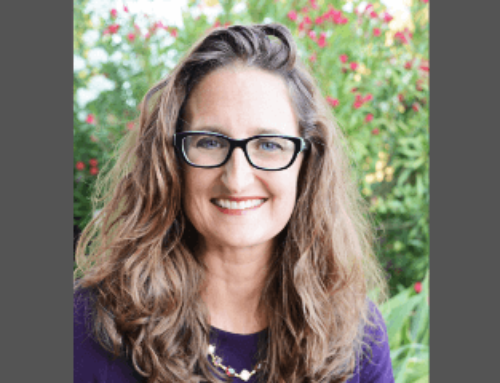I am far from a computer geek. However, I spend so much time on a computer that I have come to know my way around adequately. As president of the AASM, I am trying to understand and determine what direction we should go with in regards to the electronic medical record (EMR). As most of you are aware, as part of the American Recovery and Reinvestment Act of 2009, Congress developed a formula of incentives and penalties for EMR adoption; and, by the way, the penalties begin in 2015.
I am lucky in that I have worked in academic medical centers for my entire career, and most of these have been early adopters of the EMR. Those who have worked in a VA are very familiar with its EMR, which has been around for a long time. But even at these big medical centers, complete adoption of EMR is a slow and painful process, usually starting on the inpatient side and slowly migrating to the outpatient arena. And what originally seems revolutionary when first introduced, rapidly becomes too slow, too unwieldy, too small or out-of-date.
Our institution has a decent EMR, but it is still limited by its inability to have widespread electronic ordering and the inability to output data for more than one patient. The perfect EMR would have both ease of input and output, making it not only a great repository for individual patient information, but a valuable research tool.
But with regards to sleep medicine, the biggest issue that I see currently with EMR is its inability to “talk” to other systems – like our polysomnography acquisition system, the CPAP adherence systems, home sleep testing systems, etc. I am learning about HL7, XML, EDF and ASC X12 – bewildering to someone whose first personal interaction with a computer was punchcards and who started working in a sleep lab when an oximeter was a clunky box that clamped on someone’s ear! But understanding these interfaces will allow us to begin conversations on how to move our field forward as well.
Clearly, part of the problem getting these systems to communicate is the proprietary nature of the software. But we should be able to work through these issues with a common goal to centralize information and improve patient care. Building these interfaces also will allow us to track patient outcomes, a central theme we hear over and over again from our politicians, research colleagues and patient advocacy groups.
In our upcoming board meeting, we will be discussing how to examine this complex problem. If any of you have ideas about this, please don’t hesitate to give us feedback. Once again, we would like to be the leaders and not the stragglers in this movement.
Nancy Collop, MD
President






